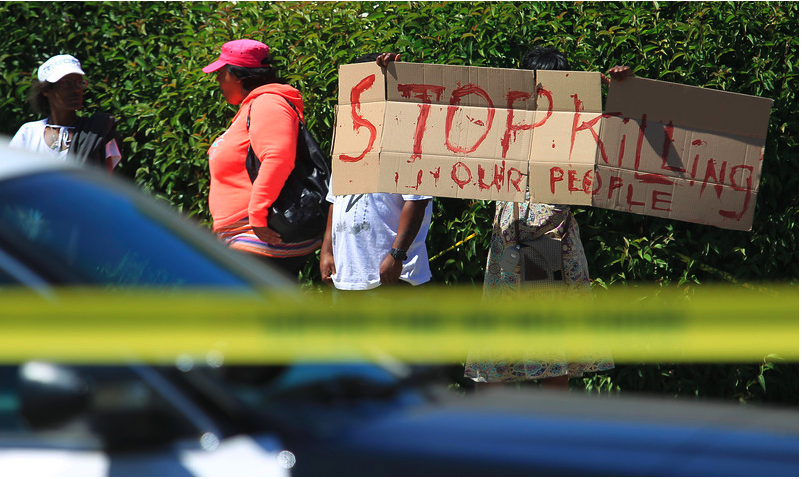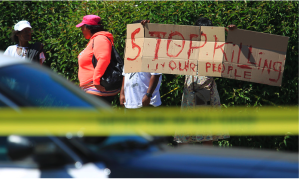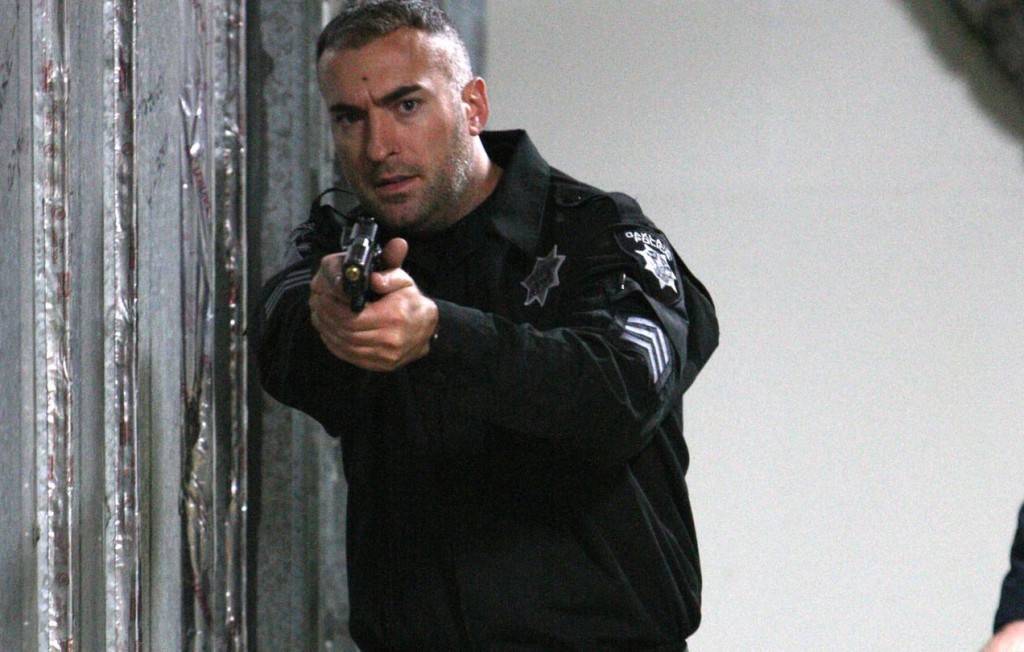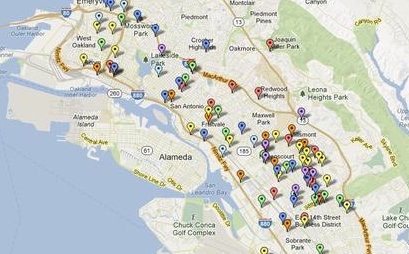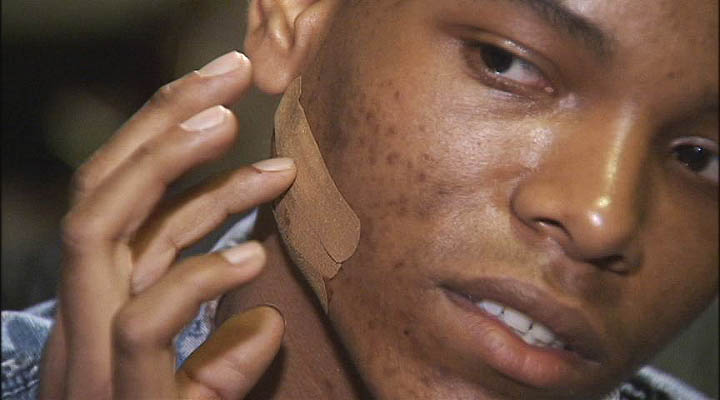
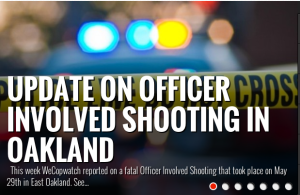
This week WeCopwatch reported on a fatal Officer Involved Shooting that took place on May 29th in East Oakland. See article Oakland Police Shoot Fleeing Suspect
Police say they tried to pull over a car and when it wouldn’t pull over, began a chase that would last over ten minutes and would end with a man shot to death by an Oakland Police Officer.
Police like all people are allowed to defend themselves when they are or someone else is in danger. In this case, police say that the man was armed with a loaded handgun when he was fatally shot.
Many people in Oakland carry guns, some illegally. Some argue that conditions are so bad in Oakland, that people have to take security into their own hands.
Ali Winston recently reported in Getting Away With Murder that Oakland Police only solve about 25 percent of the murders that take place each year in Oakland.
With those statistics in mind, WeCopwatch understands that this man may have been armed, but it still curious as to how it actually came to be that this man was shot.
He was running when he was shot, that much police and witnesses agree on. But how did he pose a direct threat to officers? Even with a loaded handgun. There are no reports that the man pulled, aimed, or discharged a weapon.
WeCopwatch asked Oakland Police’s Media Relations a few questions. . .
1. How many times was the man shot?
2. Was he shot in the front or in the back?
3. There are reports of a loaded gun being located. Was it located at Ritchie Street with the person shot?
4. Was the loaded firearm the only weapon recovered?
This was the Media Relation’s response.
At this time, we are not releasing this level of information due to the
ongoing investigation, but these questions are understandable and will
be addressed as soon as practical. The Coroner’s report, once approved
for release and coupled with our investigation, will document
circumstances related to questions #1 and #2. Regarding questions #3
and #4, we preliminarily released information about one firearm
recovered from the scene, and that remains accurate. The “scene” was
meant to denote the immediate scene of the shooting on Ritchie.
As we have discussed before, we are committed to sharing as much
information as possible; however, we are also obligated to conduct a
sound and thorough investigation. While some may consider the lack of
detail at this point as secretive or opaque, they must consider that
releasing information before all investigative steps have been completed
may very well jeopardize the investigation itself. Given this concern,
and in the interest of transparency, we will release additional
information and documentation as soon as practical via formal statement
or press release.
While these answers don’t reveal much as too what happened in the moments before the shooting, all responding Oakland Police Officers should have had their PDRDs (Police Data Recording Device) activated, so everything should be on video, including the actual shooting. Will documentation show that this man tried to pull out or fire a handgun at Officers?
If you like what you’ve seen or read, you should
Donate at https://www.wepay.com/donations/wecopwatch
Check out more of out content at http://wecopwatch.org/
Like us at https://www.facebook.com/WeCopwatch
Watch Videos at http://www.youtube.com/WeCopwatch
Check up on us at https://twitter.com/WeCopwatch
